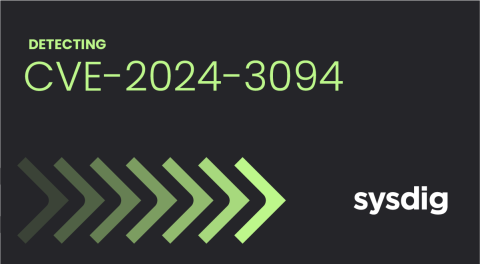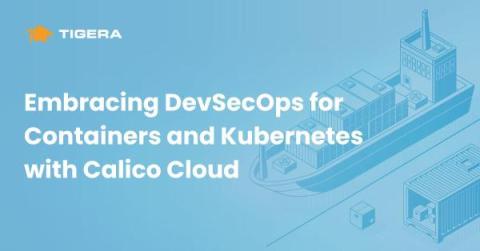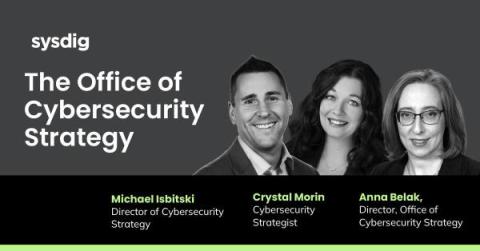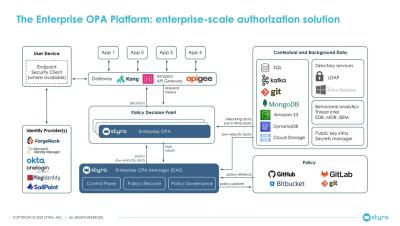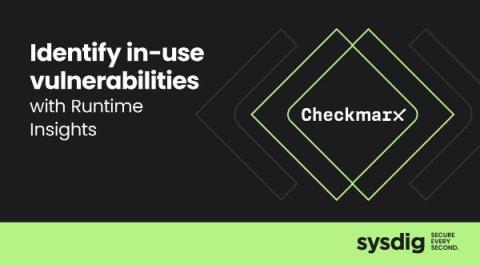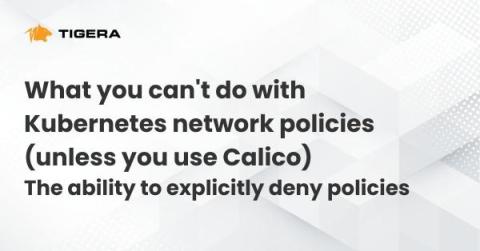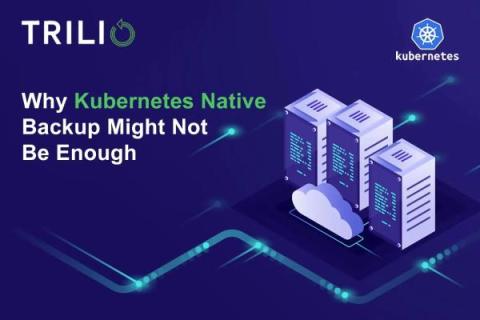CVE-2024-3094: Detecting the SSHD backdoor in XZ Utils
On March 29th, 2024, a backdoor in a popular package called XZ Utils was announced on the Openwall mailing list. This utility includes a library called liblzma which is used by SSHD, a critical part of the Internet infrastructure used for remote access. When loaded, the CVE-2024-3094 affects the authentication of SSHD potentially allowing intruders access regardless of the method.


